UNCLOS 1982
Creating freedom of the seas
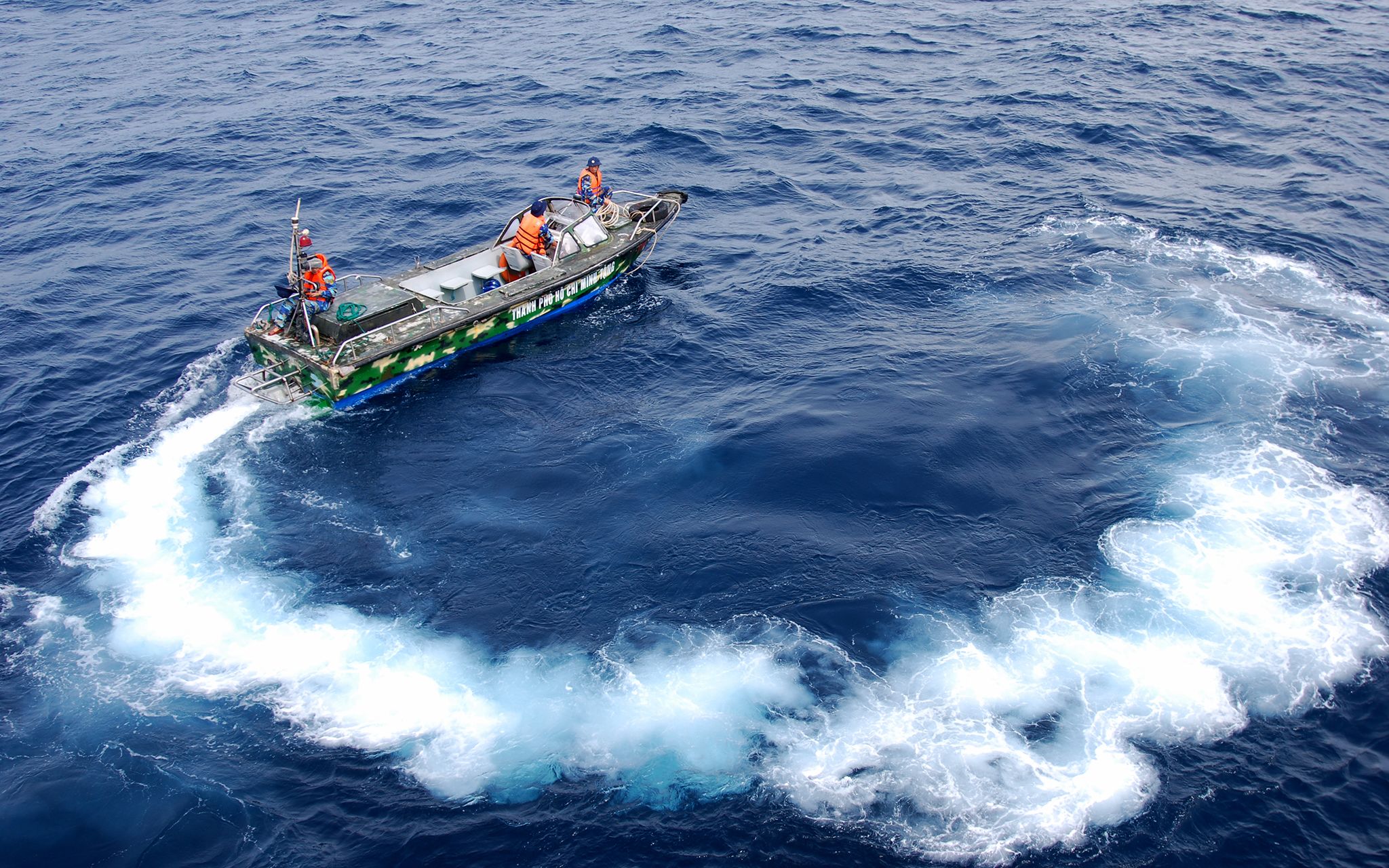
Along with the development of human society, issues about seas and oceans have faced new challenges. In such a context, the 1982 United Nations Convention on the Law of the Sea (UNCLOS 1982), regarded as the constitution of seas and oceans, has become even more important.
As a universal international legal document, UNCLOS 1982 is designed to not only address disputes but also create an equal and peaceful cooperation mechanism in the effective management, exploitation, use and protection of marine natural resources for sustainable development.
Important milestone on the right path
Since its inception 40 years ago, UNCLOS 1982 has been an effective tool to meet countries’ legitimate demands and interests. It is the most important legal foundation for fighting and cooperating, based on the two fundamental principles of freedom of the seas and maritime sovereignty of countries.
Since ancient times, our forefathers have said that if you want to get rich fast, look to the sea; if you want to get rich slowly, look underground; and if you want to get rich immediately, look at the earth’s surface. The statement is true not only in Vietnam but the whole world. The sea brings such substantial benefits that any country fortunate to be surrounded by sea has the wish to assert its sovereignty over the sea.
The most basic legal treaty for the seas was first composed in the early 17th century. Hugo Grotius, the Dutch jurist who wrote “Mare Liberum” in 1609, introduced the concept of a “free sea”. He stated that seas and oceans must not be in anyone’s possession, but must be open for the vessels of all countries to navigate. Grotius objected to Portugal’s blockade of foreign vessels in the Indian Pacific and the maritime domination of several powers at the time. In 1635, the English jurist John Selden introduced a different idea. According to him, the possession of an area of the sea was normal, which had been the case for waters surrounding England for a long time.
The ideas put forward by the two jurists seem contradictory but are reasonable at their core. The scope of the freedom of the seas in Hugo Grotius’s view applies to international waters, which do not belong to the sovereignty of any country. In the meantime, John Selden talked about national sovereignty over coastal waters. The two jurists’ views have become the foundations of the “freedom of the seas” principle and the “national sovereignty at sea” principle. These two fundamental principles have been recognised and have existed until today.
Associate Professor Nguyen Thi Lan Anh - Director of East Sea Institute, Diplomatic Academy of Vietnam
Besides the harmonious, reasonable and equal distribution of countries’ rights and duties at sea, UNCLOS 1982 also succeeds in providing a mechanism for countries to resolve disagreements in the interpretation and implementation of the Convention peacefully. The Convention establishes three new agencies to address disputes, namely the International Tribunal for the Law of the Sea (ITLOS), Arbitration provided in Annex VII and Arbitration provided in Annex VIII and sets up means of dispute settlement from an exchange of views, conciliation to settlement by court and arbitration in a flexible mechanism to provide the parties concerned with various choices on the method and measure to settle disputes most peacefully and appropriately.
UNCLOS 1982 also aims to sustainably manage the seas and oceans, through the dedication of three parts, with 86 provisions on marine environmental protection, marine scientific research and technology transfer. In the field of marine environmental protection, in addition to stipulating general obligations applicable to states, UNCLOS has specific provisions on cooperation at regional and international levels, and technical assistance to developing countries, as well as assessing the impact of marine pollution sources and identifying specific sources of marine pollution, thereby determining responsibility for acts of polluting the marine environment.
In the field of marine scientific research, UNCLOS emphasises the guarantee of harmony between the sovereign rights and jurisdiction of coastal states and the interests of the community. Accordingly, the Convention stipulates that states and international organisations cooperate in the dissemination of information and knowledge, resulting from marine scientific research, particularly the strengthening of capacity building for developing countries, in the field of marine scientific research.
In the area of technology transfer, the Convention defines the principle that states cooperate directly, or through international organisations, to actively facilitate the development and transfer of marine science and technology, under fair and reasonable terms and conditions, with particular attention paid to the technical assistance needs of developing, landlocked or geographically disadvantaged countries.
To achieve the goals of conserving precious marine genetic resources for future sustainable development, the member countries of the Convention are participating in the process of negotiating and signing an agreement, on marine biodiversity of areas beyond national jurisdiction (BBNJ). At the same time, the development of science and technology and new issues such as the negative impacts of climate change, sea level rise, epidemic impacts, and others, will continue to be discussed by member countries to supplement the provisions of the Convention.
This December, the world celebrates the 40th anniversary of the signing of the Law of the Sea Convention. The Convention was signed in Montego Bay (Jamaica) on December 10, 1982, being the result of nine years of negotiations, which handled the unsolved issues in previous Law of the Sea conferences. It is the most basic legal document that replaces the norms of the Law of the Sea, which exist in the form of customary international law.
In Vietnam, this is also the 10th anniversary of the promulgation of the Law of the Sea of Vietnam, a law built based on the provisions of UNCLOS and international law. This is an important milestone in the development of Vietnam’s legal system in general, as well as in the process of building and perfecting legal regulations, related to the sea and islands in particular.
UNCLOS 1982 entered into force on November 16, 1994. As many as 168 members (including countries, territories and institutions) have so far joined the Convention. The United States did not join the Convention, because it considered that the Convention was not beneficial to its economy and security. The Law of the Sea Convention is a system of regulations, governing the use of the world’s oceans, covering 70% of the Earth’s surface while establishing a compulsory dispute settlement mechanism. If there is a dispute between countries, they can invoke to settle the dispute on legal grounds.
Over the past four decades, the position of UNCLOS 1982 has become increasingly important. In the era of opening up, exchanges and economic cooperation are deepening, and the sea and ocean play an increasingly important role in the sustainable development of mankind and each country.
Around the end of the 20th century, experts determined that the sea bordering Guyana and Suriname was rich in mineral resources, especially rich oil and gas reserves. The sea is estimated to have oil reserves equivalent to 3.2 billion barrels, a huge number for a country with a population of fewer than 800,000 people.
Being located offshore, the field was claimed by both Guyana and Suriname. In the context that Guyana and Suriname could not reach an agreement on the division of maritime borders, they took this case to the international court. UNCLOS is defined as the legal basis for dispute settlement by both countries that have signed and ratified this Convention. The case dragged on for years with Guyana winning.
There is no denying the role of UNCLOS in helping to resolve territorial disputes between Guyana and Suriname most transparently and fairly through international courts. If the two sides cannot negotiate successfully, Guyana and Suriname are completely capable of falling into a confrontation, even leading to war.
The fact that there is no bias between Guyana and Suriname further shows the objectivity of dispute cases based on UNCLOS, creating a premise to settle complaints from other countries based on peaceful negotiations and respect for rights and mutual benefit.
Dao Hoang Hai Son
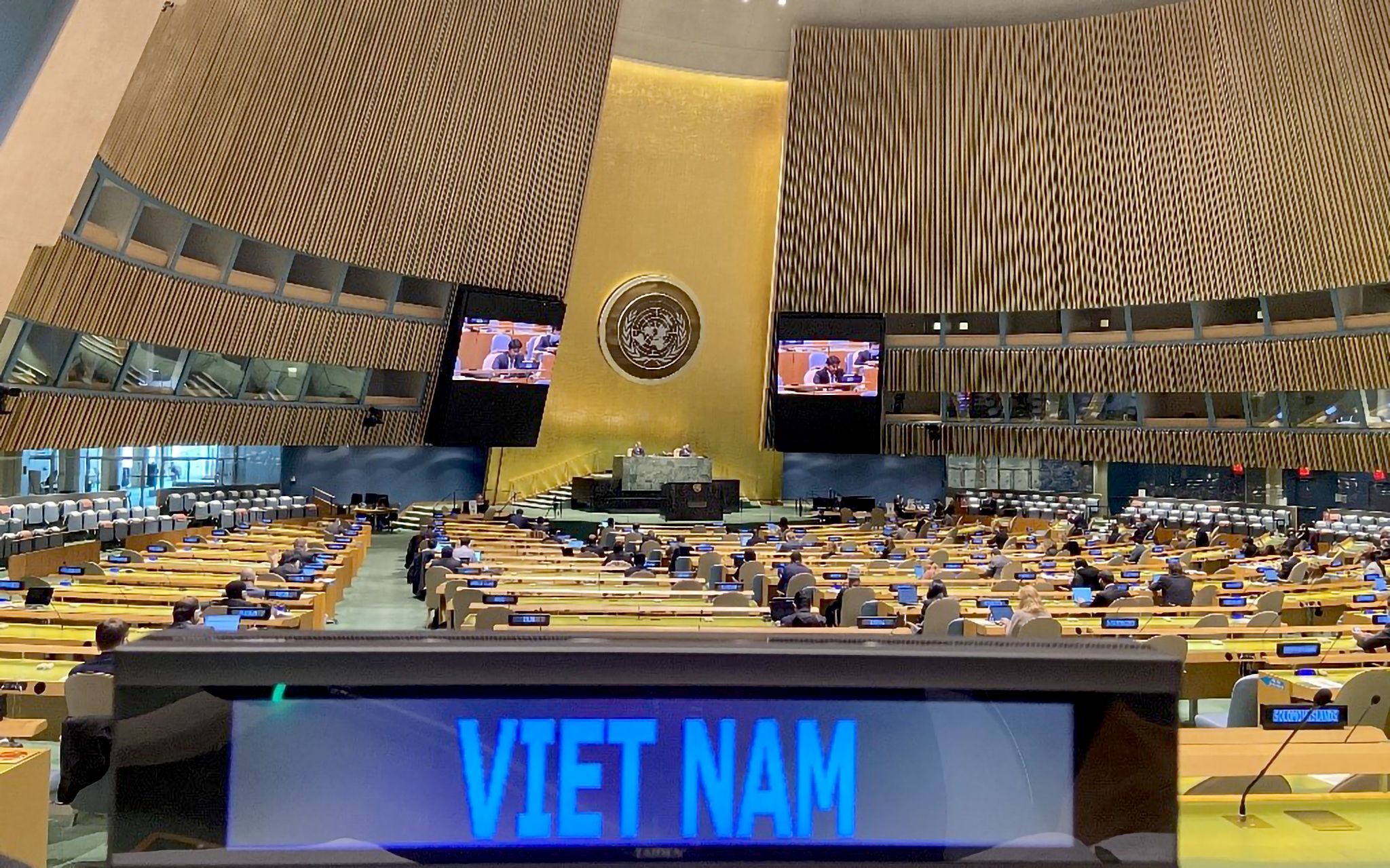
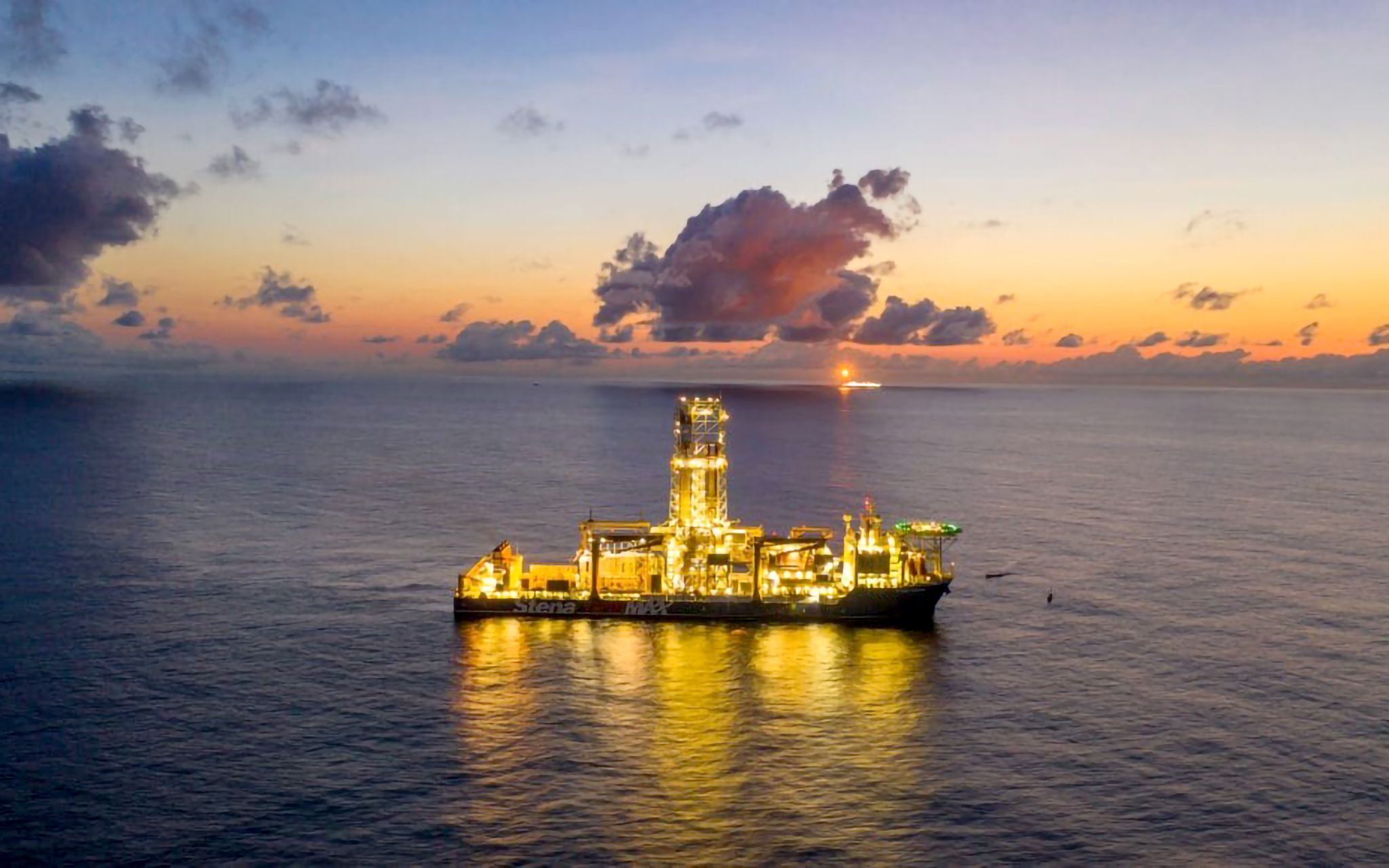
As a party to the 1982 UNCLOS, Vietnam has always actively fought to protect the law. When it comes to disputes in the East Sea/South China Sea in international forums, Vietnam insists on respecting international law, especially UNCLOS 1982. This is an immutable principle to settle and handle disputes related to the sea and islands. Vietnam has also made efforts to incorporate this principle into ASEAN documents, including the Declaration of Conduct of Parties in the East Sea/South China Sea (DOC); ASEAN's six-point joint statement on the East Sea issue on July 20; the draft Code of Conduct in the East Sea (COC). Vietnam unequivocally declared that Vietnam has sufficient historical evidence and legal basis to assert its sovereignty over the Hoang Sa and Truong Sa archipelagos.
In the Phnom Penh Declaration commemorating the 20th anniversary of the signing of the DOC on November 11, 2022, the parties all confirmed their commitment to fully and effectively implement the DOC comprehensively; commit to continue to increase efforts and improve goodwill, maintain and promote an enabling environment for the full and effective implementation of the DOC and the early achievement of an effective COC and substantive, following international law, including UNCLOS 1982.
That fact shows Vietnam’s consistent policy of cooperating to resolve disputes and disagreements at sea by peaceful means, following international law. As a researcher said, it is impossible to accept the Zero-sum game. This mathematical representation is derived from game theory, which refers to situations in which one country’s gain would be another nation’s loss.
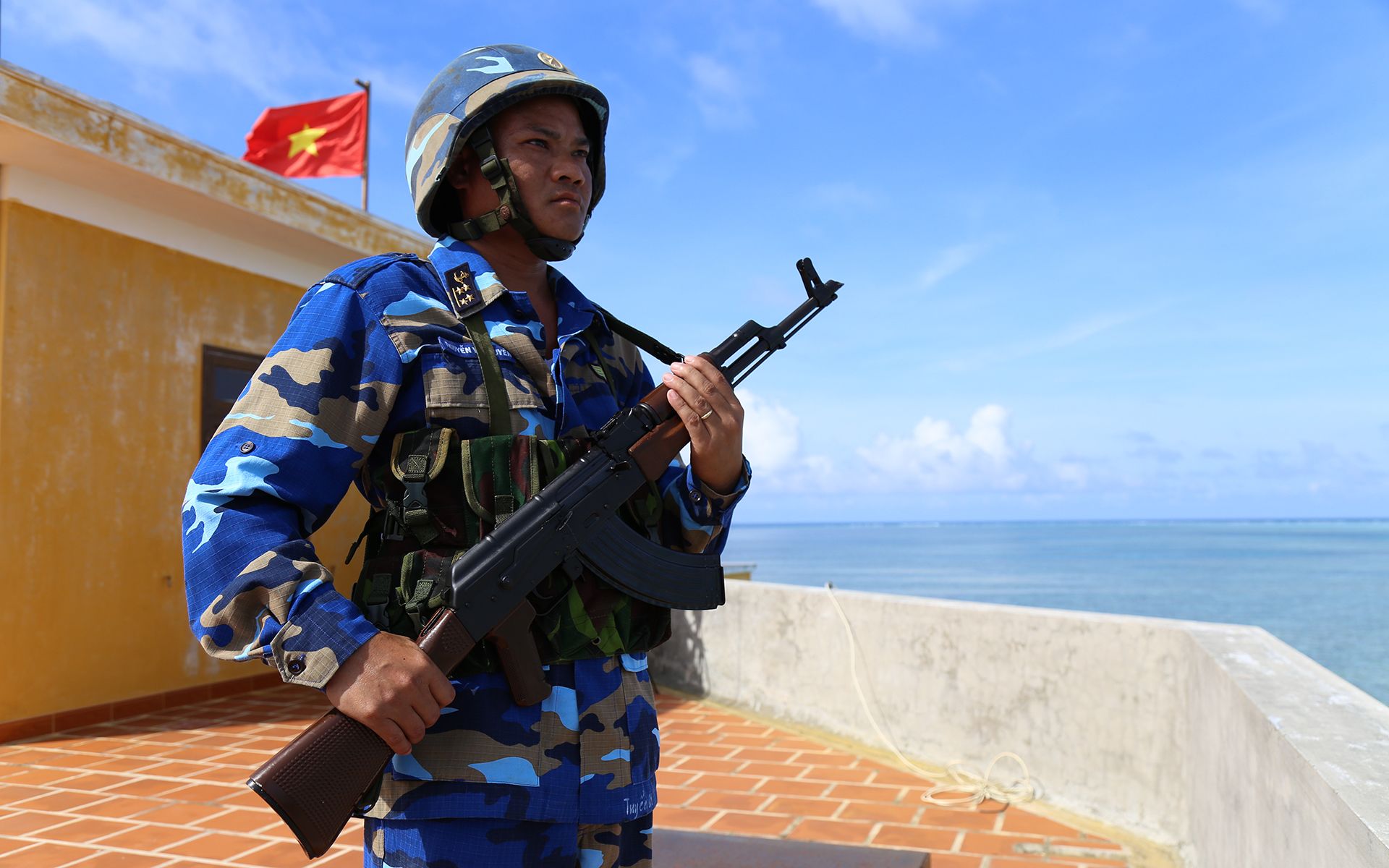
Navy soldiers on duty in the Spratly Islands. Photo: Minh Phu.
Navy soldiers on duty in the Spratly Islands. Photo: Minh Phu.
The East Sea boasts abundant resources and has an important position as it is a crucial maritime route in the world. For many years, this area has always been a hot spot hiding many potential uncertainties with complicated disputes. The 40th anniversary of the UNCLOS 1982 is an occasion to ask relevant countries to respect the rule-of-law principle in the seas and oceans and join hands to make the East Sea into a peaceful sea, which brings peace and prosperity to all countries in the region.
Observing UNCLOS 1982 to turn Vietnam into a rich and strong sea-based country, we are resolute in maintaining and protecting a peaceful and stable environment, creating favourable conditions for national development and defence. We support the effective use of peaceful methods and measures to prevent, dispel and drive back the risk of war and conflict early and from afar.
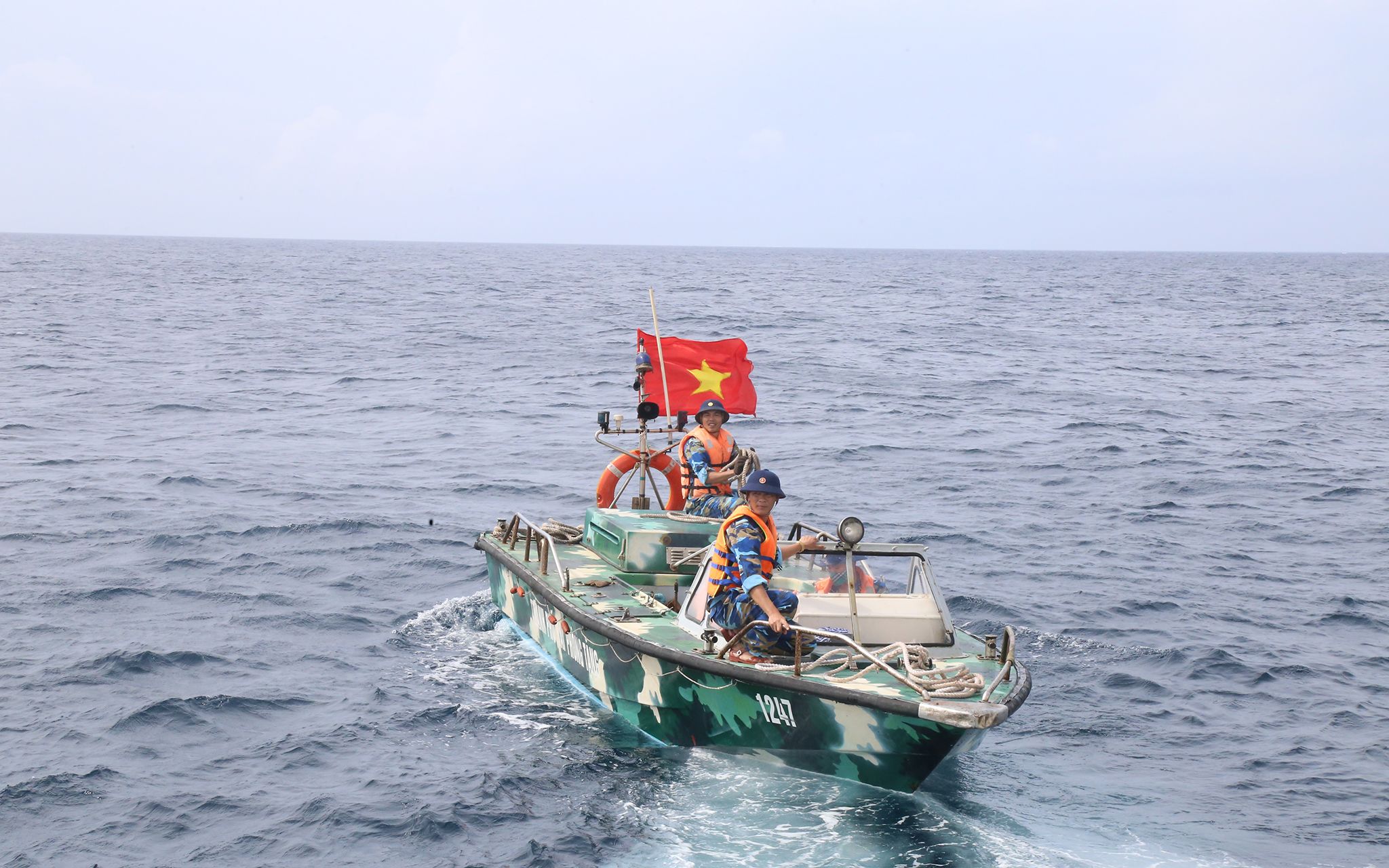
It is also the tradition of national defence of our ancestors, as General Tran Quoc Tuan (1231-1300) wrote, that peace in the country requires little use of troops, peace outside the border prevents troops from being placed on alert.
In addition, the sound and flexible application of UNCLOS 1982 is also the foundation for Vietnam, as well as all other countries in the world, to establish mechanisms of cooperation, development, and mutual benefit, while working side by side in the extremely heavy common task of protecting the marine environment, protecting the Earth, and protecting humanity from the extremely harmful consequences of global climate change.
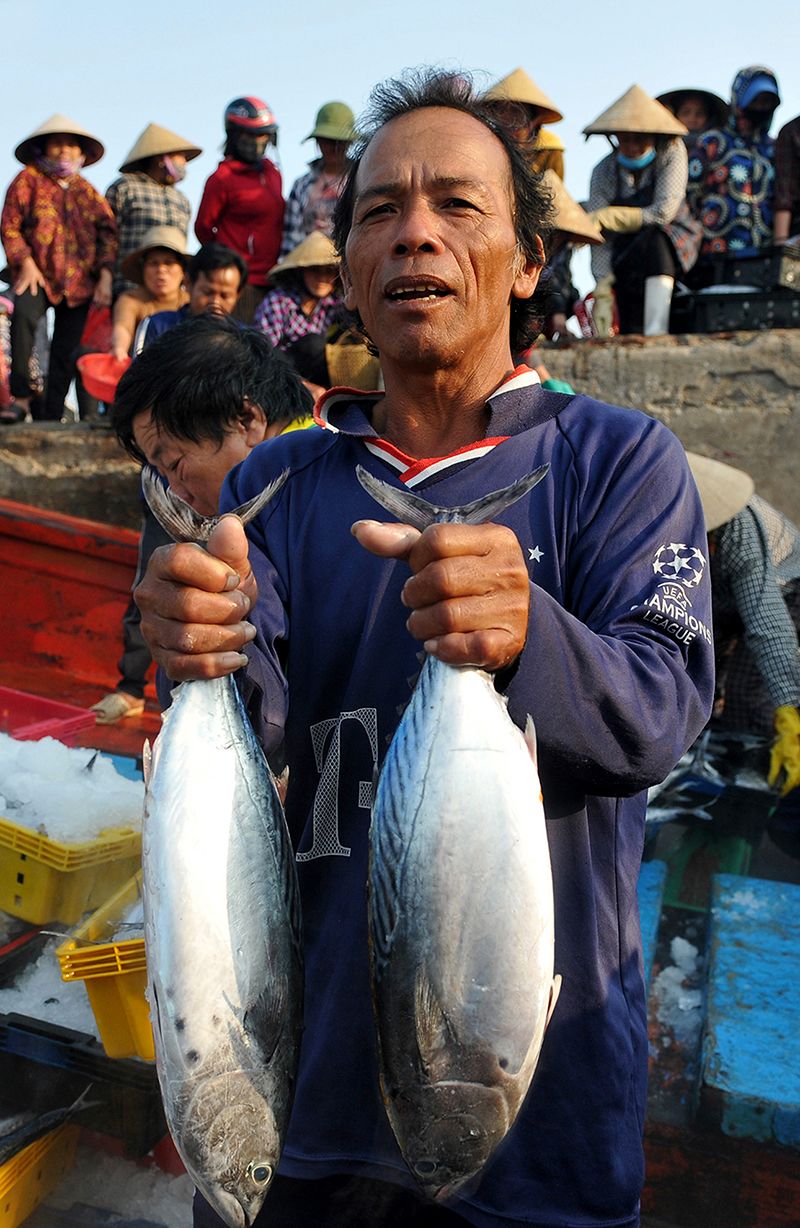
Fishermen harvest fish at Cua Sot fishing port, Loc Ha district, Ha Tinh province. Photo: Ngoc Mai
Fishermen harvest fish at Cua Sot fishing port, Loc Ha district, Ha Tinh province. Photo: Ngoc Mai
Being proactive on the security-defence and diplomatic fronts, driving back the risk of war also satisfy the aspirations of the Vietnamese people, following the principles of international law and the United Nations Charter, as well as for the goals of maintaining peace, stability and cooperation in the region and around the world. It is a sound trend and the most correct way of today’s life.
UNCLOS creates a basis for us to confidently develop
Celebrated expert on seas and oceans, Assoc. Prof. Dr. Nguyen Chu Hoi said: At the time of its birth, UNCLOS was a “phenomenon in the legal life of mankind”. UNCLOS has given Vietnam autonomy, thus proactively planning to use marine resources, and balance national rights and interests.
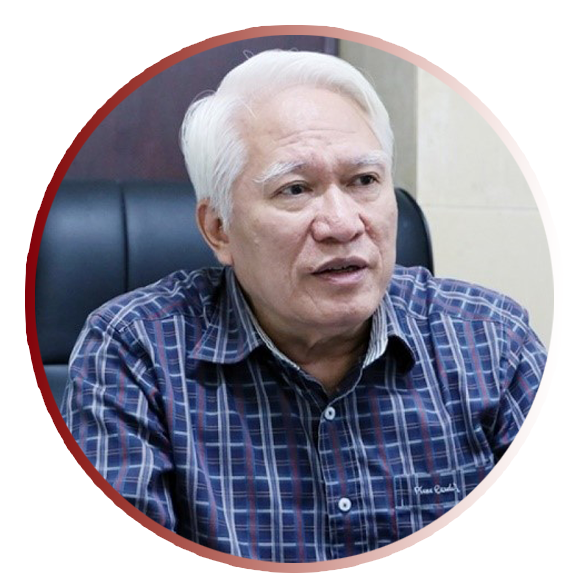
Could you tell us how the United Nations Convention on the Law of the Sea (UNCLOS) has come into play after 40 years of its signing?
- For the first time, UNCLOS, which is commonly known as the “Constitution of the Seas and Oceans”, clearly defines all oceanic spaces on Earth, all living and non-living natural resources, as well as all marine utilities on an equitable basis, in an attempt to protect the legitimate interests of small and developing countries.
By establishing an effective mechanism for resolving maritime disputes, UNCLOS has helped to resolve about half of the 500 overlapping seas. With 168 members, not to mention many island countries and territories, that are not officially members committed to compliance (even the US hasn’t joined though its declarations still take UNCLOS as the basis), UNCLOS does not give a detailed settlement of all maritime issues, but it provides the basis for the handling of maritime issues that have arisen.
In addition to performing rescue tasks, the Vietnamese fisheries surveillance teams also organise community events to mobilise our fishermen, to catch seafood in accordance with regulations. At the same time, the force also works to prevent and drive away foreign ships from encroaching on our waters, firmly protect the sovereignty of the sea and islands, and maintain a peaceful and stable environment at sea. The communication events focus on mobilising people to observe the law, particularly the UNCLOS 1982 and the Law of the Sea of Vietnam.
Van Mai
Not only actively participating in the negotiation process and building of the UNCLOS, but Vietnam was also one of the first 62 countries to sign and soon carry out procedures for ratification of UNCLOS.
It is important to emphasise that with UNCLOS, Vietnam not only pursues historic rights but also pursues legal rights; consistent with the characteristics, position and power of Vietnam. As a member of the UNCLOS, Vietnam is entitled to a 12-nautical mile territorial sea, a 200-nautical mile exclusive economic zone and a continental shelf of at least 200 nautical miles. In addition, Vietnam also enjoys regulations on the right to exploit natural resources.
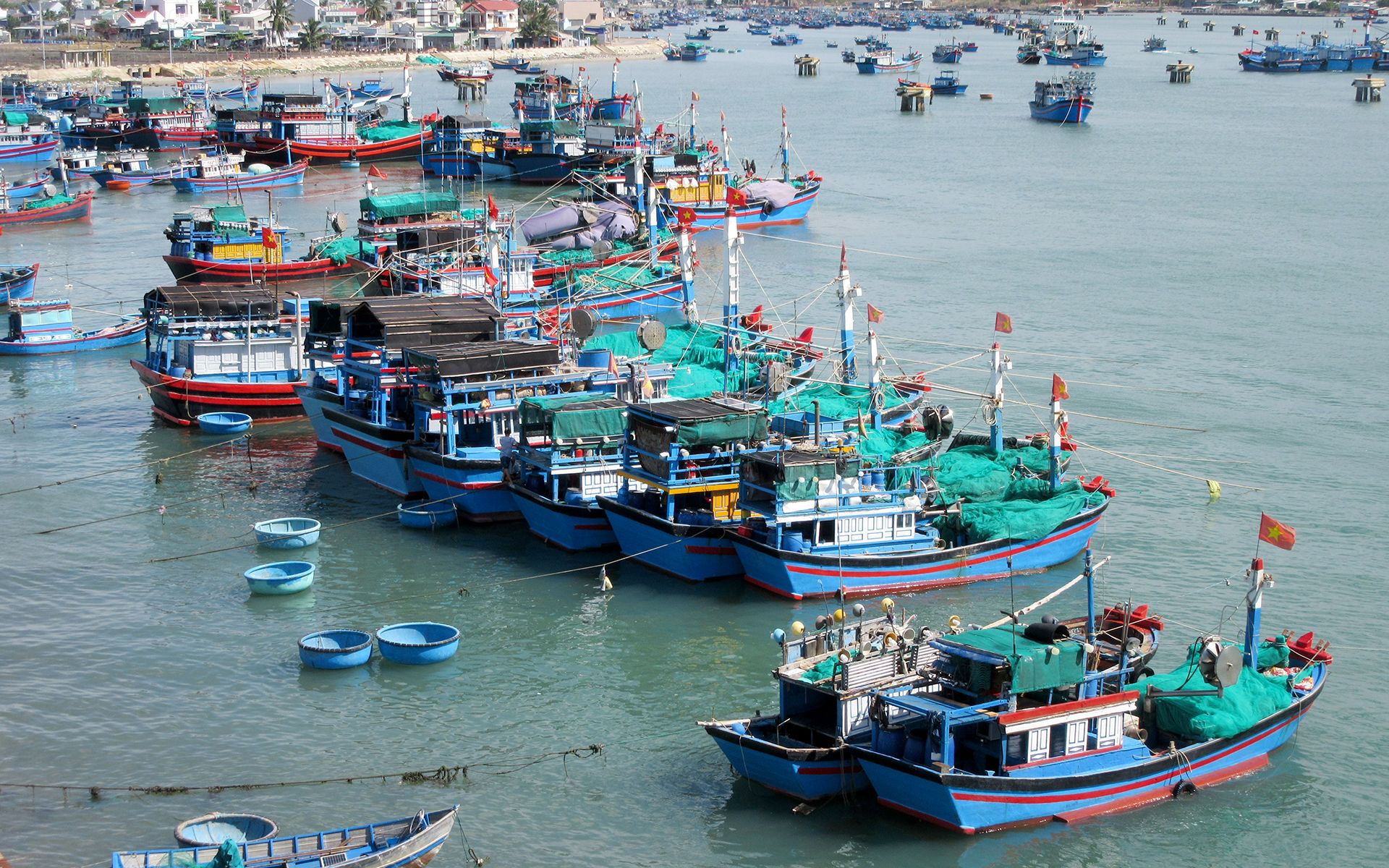
Vietnam was also one of the first 62 countries to sign and soon carry out procedures for ratification of UNCLOS. Photo: Dang Khoa
Vietnam was also one of the first 62 countries to sign and soon carry out procedures for ratification of UNCLOS. Photo: Dang Khoa
However, it cannot be denied that UNCLOS also has certain limitations. It can be said that UNCLOS still leaves "gaps" in ocean space under a new approach. For example, for the space of the ocean floor, UNCLOS only regulates mining activities; while other acts, such as submarine submersibles, underground surveys, and underground tourism are left open.
I have also been commenting for nearly a decade in the hope that in the coming time, this Convention will be adjusted, supplemented, and ensured more fairly in terms of the right to use marine resources for countries, including with or without the sea; Of course, the right comes with the obligation to protect the environment.
- Before the UNCLOS was born, did Vietnam have declarations on maritime sovereignty as well as orientations to exploit marine resources?
- In 1982, UNCLOS was only opened for signatures, but a long time before that, Vietnam issued domestic legal documents on the sea, including the Government’s declaration on Vietnamese waters. Following the signing of the UNCLOS in 1982, Vietnam applied and announced the baseline used to calculate the width of the Vietnamese continental shelf. Because there has been a rather long period of implementing maritime management, when legalising the contents of the UNCLOS 1982 by the Law of the Sea 2012, Vietnam has a firm legal foundation for handling all maritime disputes and designing a law that harmonizes Vietnam's national interests with the interests of the region.
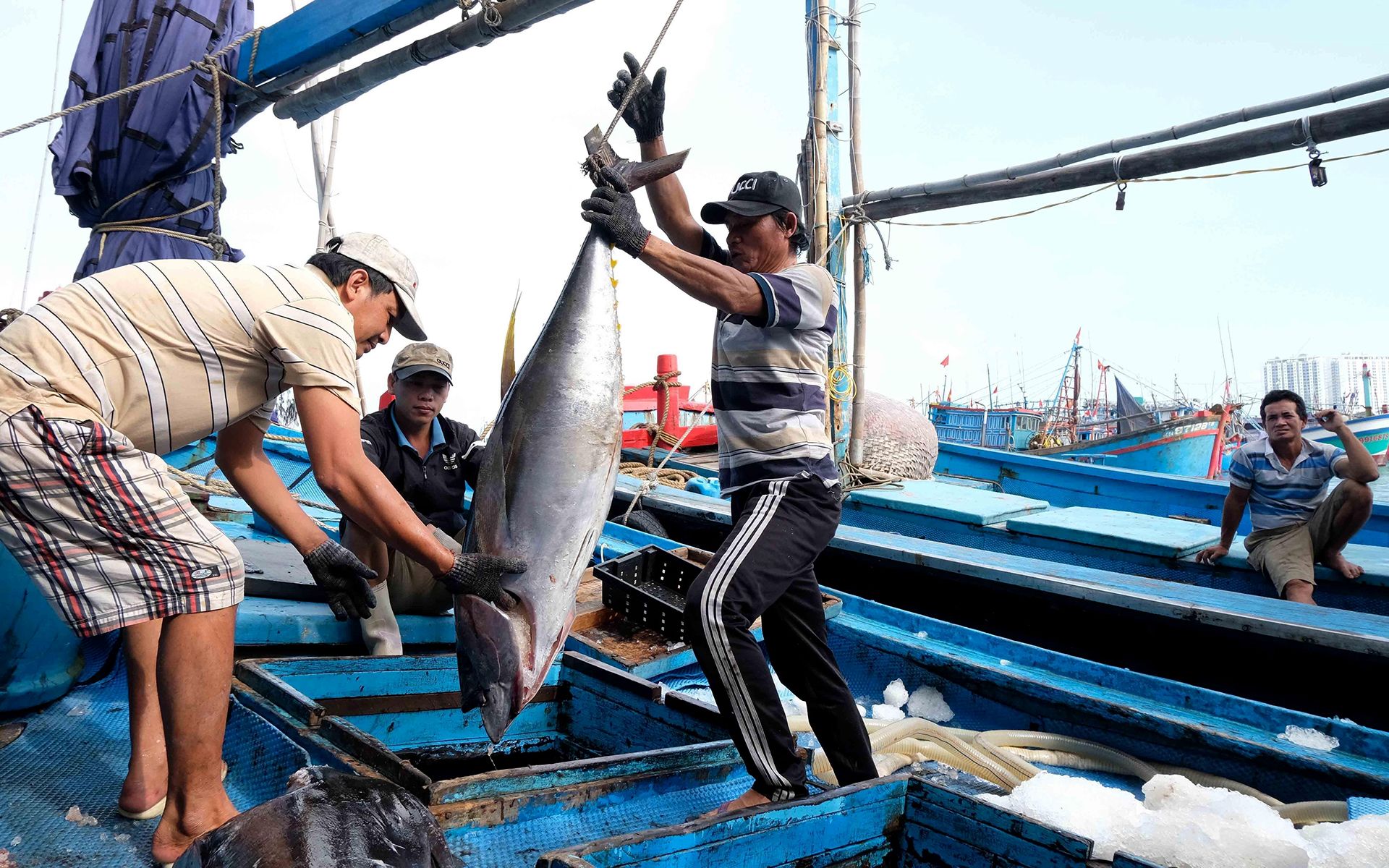
Tuna fishing boats docked at Hon Ro port, Nha Trang city (Khanh Hoa). Photo: Nguyen Dung
Tuna fishing boats docked at Hon Ro port, Nha Trang city (Khanh Hoa). Photo: Nguyen Dung
- How has UNCLOS created a legal foundation for Vietnam's marine economy to develop specifically?
- UNCLOS created a basis for Vietnam to firmly develop the oil and gas sector as a pioneering economic sector and remains a key industry in the country's six basic marine economic sectors. There are times when oil and gas are the largest contributors to GDP.
Same with the fishing industry. There are many problems with this industry, but we have also developed a commercial fishery, fishing on a large scale, methodically, in parallel with the traditional fishery that has existed for a long time. Some other potential areas such as maritime; sea travel; search and rescue, and renewable energy were also developed. In short, UNCLOS gives Vietnam legal rights along with the right to exploit resources for marine economic development.
Based on UNCLOS, a landmark that cannot be ignored is Resolution 09-NQ/TW dated February 9, 2007, on Vietnam's Maritime Strategy up to 2020. It can be said that this is the first time a separate strategy, expressing the nation's will to the sea, integrating with the world trend of seeing the 21st century as "the century of the ocean", was issued. Next, Resolution No. 36-NQ/TW on the strategy for the sustainable development of Vietnam's marine economy to 2030 and vision to 2045, was issued on October 22, 2018, that oriented the marine strategic vision, taking the main axis of sustainable development.
- East Sea is considered one of the most dynamic marine areas in the world. What are the key factors in Vietnam’s position and power to realise the goal of sustainable development of the marine economy and strive to become a marine power, as you have just mentioned above?
- It is necessary to focus on developing all three economic areas related to the sea, including coastal economy, marine-based economy and pure marine economy, in the spirit of sustainable development. In addition to traditional fields, Resolution No.36-NQ/TW pointed out several potential areas, including renewable marine energy, while leaving open "new marine economic sectors", for localities to uphold their dynamic and creative spirit, depending on the specific situation.
Specifically, sea tourism will be still a spearhead sector by 2023, both based on the existing strength of a sea nation and suitable for the context of the East Sea. In addition, it is essential to continue accelerating offshore economic activities, in association with the protection of civil sovereignty, including renewable energy (solar and wind power). Vietnam also has natural hydrate, which is not a kind of renewable energy but a potential resource that can be exploited responsibly.
I stress the word “responsible” because there must be appropriate technology and infrastructure for exploitation and preservation activities, without releasing greenhouse gas into the atmosphere during the process of exploitation, transportation and use.
Especially, through the recent study in marine cities, I think that the reasonable development planning of coastal cities, urban island and urban areas in the sea, is capable of creating motivation for development with a strong spread.
However, whatever we do, advanced science and technology are a prerequisite. We cannot bring basket boats to "conquer" the ocean.
- The coastal urban chain of 28 provinces and cities is relatively easy to imagine. However, could you tell us more clearly about the island and sea urban areas?
- Currently, Vietnam has Phu Quoc as an urban island model, which can be developed on some other big islands, linking economic development with ensuring national defence and security. An urban area in the sea is a further prospect, but this model was promoted in many countries such as the United Arab Emirates and Japan. I think that the authorities should use the urban model under the sea. Many countries in the region have also made "aquariums" as initial tests.
- In your opinion, is it feasible for Vietnam today, because it will require huge costs and very modern technology?
- In a "flat world" with an open policy, a convincing and attractive project will bring about money. So science and technology, with wise policies, will do it.
Thank you very much!
CAM HA


In a “flat world” with an open policy, a convincing and attractive project will bring about money. Photo: Thanh Dat.
In a “flat world” with an open policy, a convincing and attractive project will bring about money. Photo: Thanh Dat.
Published: December 2022
Production Manager: VU MAI HOANG
Content: NGO PHUONG THAO, LUU HUONG GIANG, VO HOANG
Translation: NDO
Design: PHAN ANH, DUY LONG
